After sanding, planing, or sawing wood, you get sawdust. Naturally, the next thing to do is to get rid of it. The question is, How To Dispose of Sawdust?
It’s not ideal for gathering your pile of sawdust and throwing it into the trash can. Despite being a byproduct, sawdust still has some usefulness, like serving as litter, mulch, or fuel.
So, there are safer and more creative means of disposing of sawdust; we’ll discuss them in this post.
To start with, let’s look at whether wood sawdust is safe or not.
Table of Contents
- Is Wood Sawdust Safe?
- 10 Ways To Creatively Dispose Of Sawdust
- How To Dispose of Sawdust: Animal bedding
- How To Dispose of Sawdust: Donate to farmers
- How To Dispose of Sawdust: Sell online
- How To Dispose of Sawdust: Community Green Bin
- How To Dispose of Sawdust: Mulch
- How To Dispose of Sawdust: Soak up spills
- How To Dispose of Sawdust: Make a fire starter
- How To Dispose of Sawdust: Fill wood holes and defects.
- How To Dispose of Sawdust: Pack a path
- How To Dispose of Sawdust: Lighten up cement
- Conclusion
Is Wood Sawdust Safe?
Wood sawdust is unsafe when you stay around it too long, just like regular dust. It’s easy for sawdust to contaminate the air; when that happens, you risk inhaling and swallowing it.
When you inhale or swallow sawdust, you inhale and swallow wood particles. If the particles are large, your upper respiratory system may stop them. However, the majority of sawdust particles are usually tiny, and they go straight into the lungs.
This could cause lung irritation and, in worse cases, lung tissue damage, and scars. The extent of this irritation or damage depends on the type of wood and if it contains additives. But if you suffer it for a year or more, it could lead to breathing problems.
Sawdust can also get into your eyes and lead to different eye problems. Also, according to OSHA, sawdust can cause cancer. With all these, it’s clear sawdust is unsafe. Hence, disposing of it is a must. Let’s now find out the different ways you can dispose of sawdust.

(sawdust in hand)
10 Ways To Creatively Dispose Of Sawdust
Try out any of the below methods to safely dispose of sawdust in your workshop:
How To Dispose of Sawdust: Animal bedding
Sawdust can serve as bedding for stable animals like horses and cows. Using it for barn cats and outdoor dogs is also probable. Thanks to the particles’ tiny size, sawdust bedding will be super absorbent.
Also, sawdust is soft, which means comfort. However, this won’t work with sawdust for all wood types. Some may irritate and cause allergies in the animals.

(Hamsters and sawdust)
How To Dispose of Sawdust: Donate to farmers
Farmers have many uses for sawdust. For one, it can serve as a substrate for growing crops like potatoes, tomatoes, and mushrooms. So, donating your sawdust to farmers is okay. You won’t make any money from it.
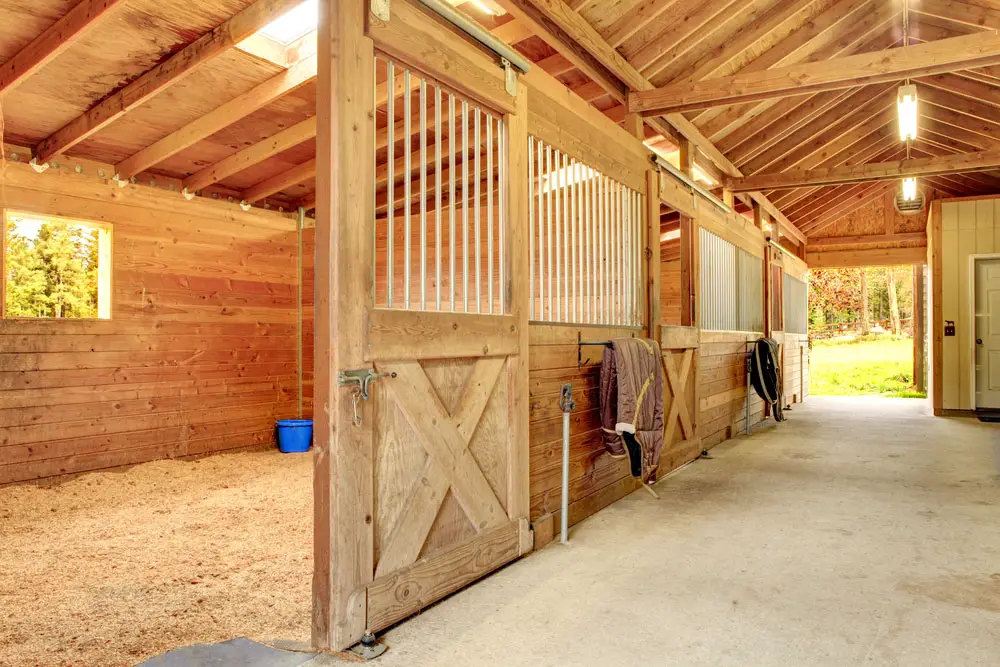
(wood chips in the barn)
How To Dispose of Sawdust: Sell online
Who says you can’t make money off your sawdust? If you don’t want to donate your sawdust to farmers, sell it. You’ll find many people willing to buy it online. The downside is that it may take time to organize packaging, delivery, etc. Also, the market price for sawdust is low.

(Some sawdust)
How To Dispose of Sawdust: Community Green Bin
Some communities and towns have green bins for people to dispose of wood waste. It’s an easy and quick way to dispose of your sawdust. So, if your community or town does, leverage it. Suppose your community or town doesn’t; try a different method.

(Green recycling bucket)
How To Dispose of Sawdust: Mulch
Mulching is one of the most common ways of disposing of sawdust. Suppose you have a garden or farm around your house.
In that case, sawdust can serve as a base to keep weeds away and retain moisture in the soil. But be careful not to mix the sawdust into the soil.
Sawdust is high in carbon and will absorb the nitrogen from the soil while it decomposes. A simpler translation is that it will stop the soil from growing anything.
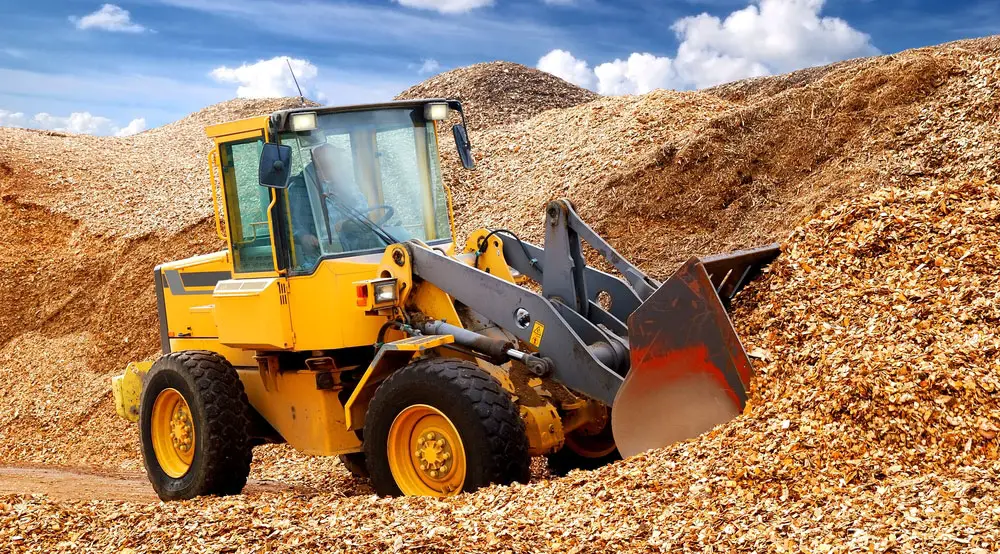
(The digger is pushing sawdust)
How To Dispose of Sawdust: Soak up spills
Sawdust can serve as a sponge due to wood’s high absorbent qualities. Hence, it is a good option for soaking and cleaning up spills, especially if it has many large particles. However, you will have some cleaning up to do afterward.
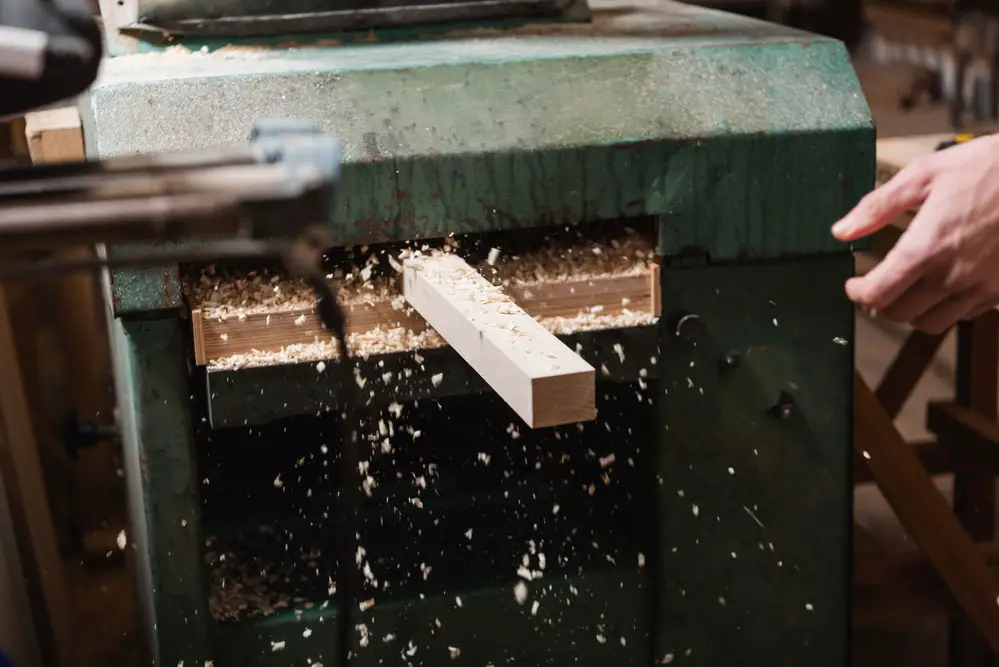
(Sawdust produced by table saw working on cutting wood)
How To Dispose of Sawdust: Make a fire starter
Sawdust fire starters are a thing, and you can make one yourself.
First, pack sawdust inside paper muffin cups or cardboard egg cartons.
Second, pour melted candle wax over the sawdust.
Third, let it cool.
It’ll come in handy when camping or having a bonfire, or during winter. This method is time-taking, especially if you have a large pile of sawdust to dispose of, but worthwhile. You’ll need to be careful and take safety precautions while at it.
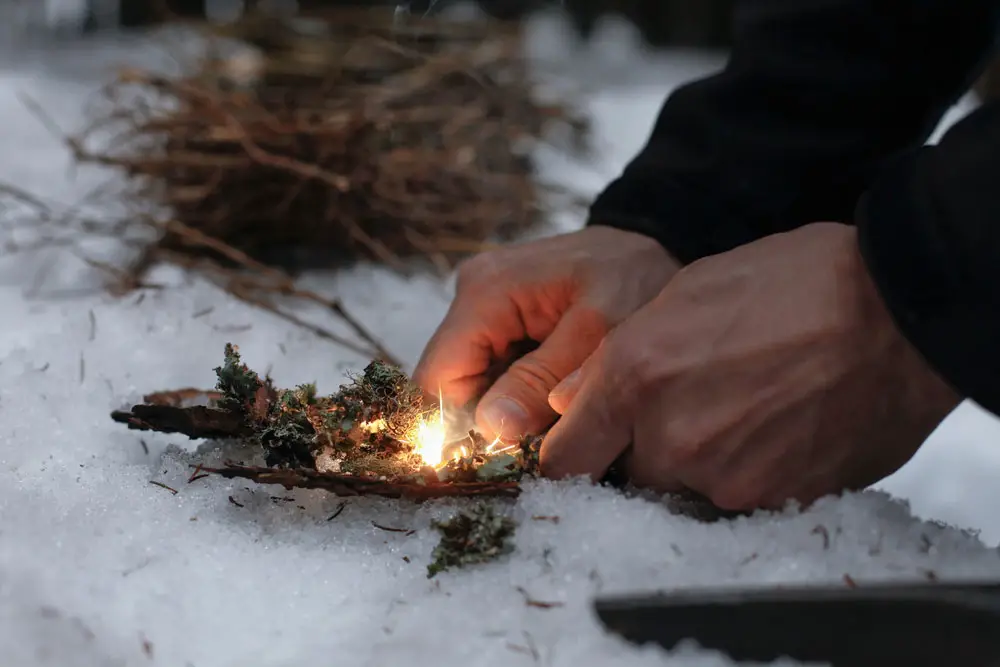
(igniter)
How To Dispose of Sawdust: Fill wood holes and defects.
Another common way to dispose of sawdust is to fill holes and defects in wood. In this case, sawdust takes the role of wood flour. When mixed with wood glue or other binding agents, it is a much more stable filler.
After mixing, pour the paste into the hole or defect, and allow it to dry. Once dry, sand it to make it smooth. All these may require some professionalism.
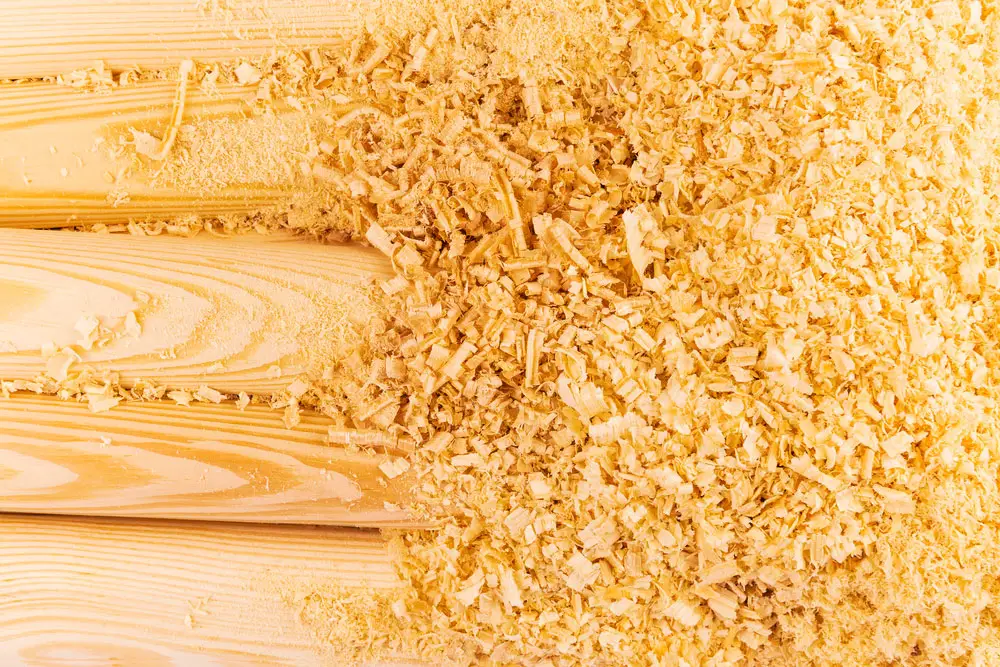
(Sawdust picture)
How To Dispose of Sawdust: Pack a path
You can use sawdust to create garden paths or other outdoor paths. It’s like making a sand path. This method is ideal for disposing of a large quantity of sawdust.
The more sawdust you use, the more robust the path becomes. But you have to be careful if you have animals around. They could dig into and eat the sawdust. Also, if the weather is too windy, it may blow the particle away.
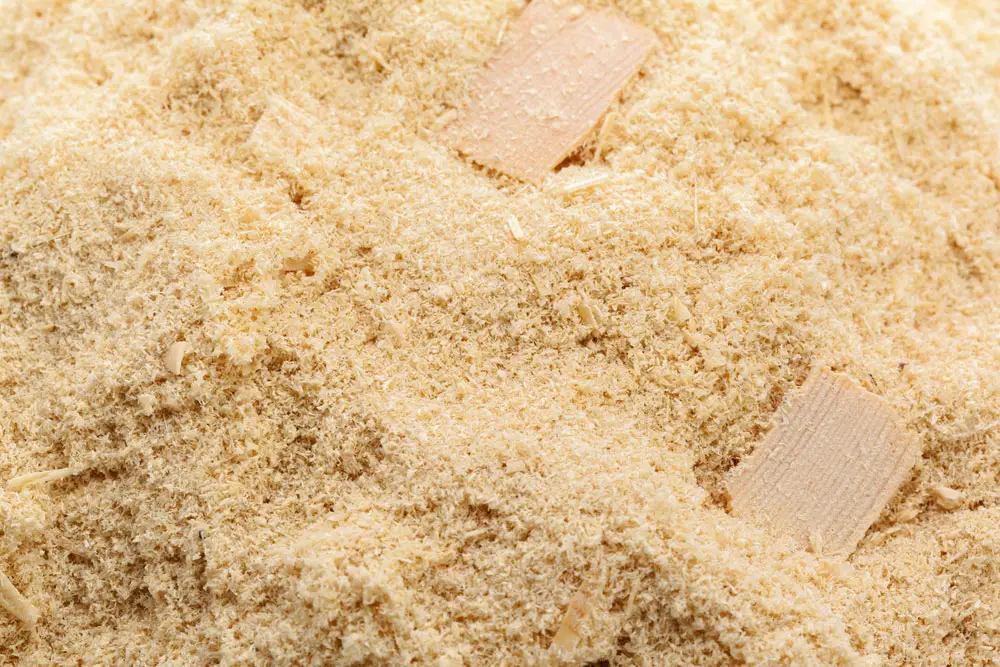
(a large amount of sawdust)
How To Dispose of Sawdust: Lighten up cement
In concrete production, the standard is to mix sand and cement. However, sawdust can replace sand, wholly or partially. Sawdust is more eco-friendly and economical than sand, which is an advantage.
But it is only ideal for creating light concrete. Blocks made by mixing sawdust and cement are incomparable to those made by mixing sand. The latter is far stronger and more durable.

(construction cement)
Conclusion
Sawdust is biodegradable. In other words, it will decompose on its own. However, that could take anywhere between one to four years. You must dispose of it properly before then.
As discussed in the above article, you can dispose of sawdust in many ways. Simply pick one that is most convenient for you.

